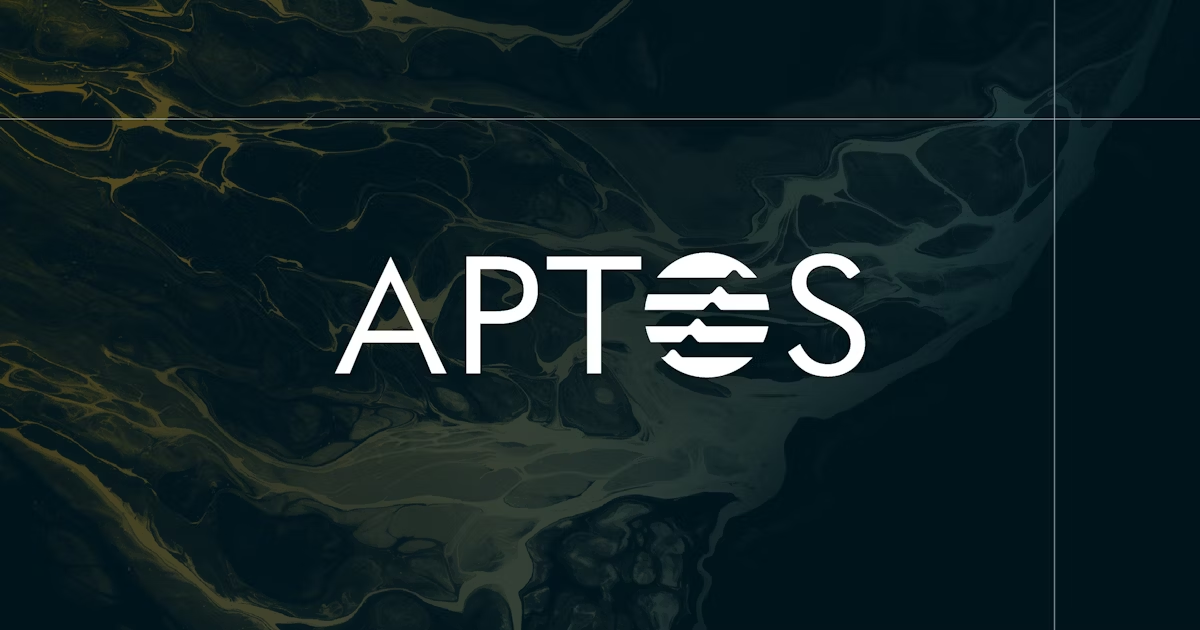The text below is an advertorial article that was not written by Cryptonews.com journalists.

Wanchain has integrated top cryptocurrency Litecoin into its cross-chain infrastructure, enabling the asset to be traded across networks and used with EVM-compatible smart contracts.
“Litecoin is one of the world’s most important cryptocurrencies, but it’s also amongst the largest without smart contract capabilities,” noted Wanchain Founder and CEO Jack Lu.
“Wanchain and several of our enterprise partners are all very pleased at the prospect of what smart contracts and true decentralised cross-chain interoperability can bring to Litecoin and the blockchain community at large.”
A Match Made in Defi Heaven
Currently the 13th largest cryptocurrency by market cap, Litecoin can for the first time connect to EVM-compatible chains like Ethereum, Binance Smart Chain (BSC) and of course Wanchain itself, all without sacrificing security or decentralization.
Ultimately, the integration paves the way for Litecoin’s peer-to-peer currency to be used in the booming decentralized finance (defi) sector, such as in yield-farming, lending, exchange and other defi protocols. Litecoin currently has a market cap just shy of 9 billion USD, with daily volume exceeding 2.7 billion USD.
Li Ni, Wanchain’s Vice President of Business Development and Operations, heralded the partnership, saying the blockchain was “one step closer to being the Wide Area Network of the blockchain industry.”
Back in April Wanchain sealed a similar partnership with Ripple, giving XRP token-holders the ability to liquidity mine and participate in the decentralized economy, the majority of which is concentrated on smart contract platform Ethereum.
Wanchain-native defi protocols, meanwhile, include yield farm Zoo Keeper, decentralized lending protocol WanLend, and community-governed automated market maker (AMM) WanSwap.
To participate in defi opportunities, Litecoin token-holders will need to lock funds on the blockchain with the account’s private keys managed by Wanchain nodes. Thereafter, they will receive tokens representative of their locked assets, which can be deployed on a multitude of defi applications and later burned to unlock the underlying LTC.
Wanchain is Fighting an Interoperable Arms Race
Able to connect to disparate public and private blockchains and facilitate the flow of digital assets and data, Wanchain describes itself as the world’s most advanced interoperability platform. It currently supports a raft of protocols including decentralized exchanges (DEXs), mobile payment platforms, and other financial dApps.
Launched during the heady ICO boom of 2017, the platform is notable for its sophisticated technology stack which includes atomic swaps, threshold key sharing, and ring signatures.
Interoperability has been a watchword of crypto for many years, with many commentators contending that it is key to mainstream adoption and acceptance of digital currency. Wanchain isn’t the only show in town either; Ethereum co-founder Gavin Wood is tackling the interoperability issue with his sharded network Polkadot.
Conferring defi capabilities on Litecoin, which celebrates its ten-year anniversary this October, is quite a boon for Charlie Lee’s project. The enigmatic founder recently revealed that the cryptocurrency was set for several key upgrades including the introduction of greater fungibility to preserve users’ privacy. To achieve this aim, the Litecoin team plans to implement MimbleWimble (MWEB) technology into the platform as extension blocks, something Lee says will help LTC “become a better form of money.”
Imbuing LTC with defi powers could well have the same effect.
Credit: Source link












































































































































